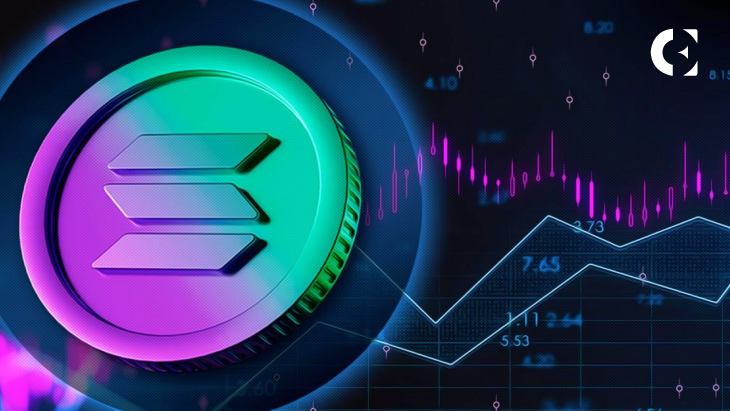The crypto market has seen a tentative recovery in early 2024, with major assets like Solana (SOL) and Ethereum (ETH) posting gains. However, smarter money increasingly flows into the red-hot Kelexo (KLXO) presale event.
Solana (SOL) and Ethereum (ETH) See Upside
After a painful crypto winter, there are signs of life in the market. Solana (SOL) rallied over 11% for the week thanks to renewed developer interest and optimism about the network’s scaling solutions. The Solana exosystem did see an outage in the first week of February, which led to the token declining by 3.46%. This also caused some doubt in investors. However, Solana (SOL) folks showed how bullish they are on the ecosystem and activity made the token pump right back up.
Ethereum (ETH) climbed nearly 9% week-over-week as excitement builds for its potential in the upcoming bull market. Lower gas fees and greater throughput could restore Ethereum’s (ETH) appeal for builders and traders.
However, some analysts question whether these gains are sustainable. Solana (SOL) still faces tech stability issues that could hamper adoption. Ethereum (ETH) needs to prove its long-promised upgrades can drive real usage growth.
The Kelexo (KLXO) Juggernaut
While major cryptos show tentative strength, the undisputed headline maker recently is Kelexo (KLXO). This novel DeFi lending protocol offers a peer-to-peer marketplace connecting borrowers and lenders worldwide. As top tokens face challenges and decreasing investor interest, Kelexo’s (KLXO) presale becomes a focal point for early investors, especially Ethereum (ETH) holders. The potential for Kelexo (KLXO) to overtake established players in 2024 is not just a prediction; it’s backed by its innovative model, real-world utility and the shifting dynamics of the cryptocurrency landscape.
Kelexo (KLXO) provides several key advantages over traditional lending, some of which include:
– Lower fees due to disintermediation
– Quick access to capital with minimal checks
– Complete transparency on the blockchain
– Advanced privacy features
– Rewards for platform participation
This utility-driven model helps explain the immense demand for the ongoing Kelexo (KLXO) presale. The Kelexo (KLXO) token presale is nearing stage 1 sellout, with over 96% of the supply reserved as of writing.
Given Kelexo’s (KLXO) first-mover advantage in DeFi lending, analysts forecast explosive growth potential. As profits take profits from lagging assets like Solana (SOL) and Ethereum (ETH), more funds flow into the Kelexo (KLXO) presale daily – a trend expected to continue.
The broader crypto market shows signs of recovery after a painful 2023 bear market. Ethereum (ETH) and Solana (SOL) have notched respectable gains driven by bullish sentiment.
However, Kelexo (KLXO) remains the talk of the town. The lending protocol’s presale continues to exceed expectations, nearing a complete sellout in stage 1. With an innovative model solving DeFi’s biggest pain points, Kelexo (KLXO) represents the future of decentralized finance.
Smart crypto investors know the key is identifying high-upside projects early before the herd piles in. Kelexo (KLXO) offers this ground-floor opportunity at just $0.022 per token – an entry point unlikely to be seen again after the presale concludes. While Ethereum (ETH) and Solana (SOL) may continue to recover, smart money is shifting to the record-breaking Kelexo (KLXO) presale.
Find out more about the Kelexo (KLXO) presale by visiting the website here
Disclaimer: The information presented in this article is part of a sponsored/press release/paid content, intended solely for promotional purposes. Readers are advised to exercise caution and conduct their own research before taking any action related to the content on this page or the company. Coin Edition is not responsible for any losses or damages incurred as a result of or in connection with the utilization of content, products, or services mentioned.









